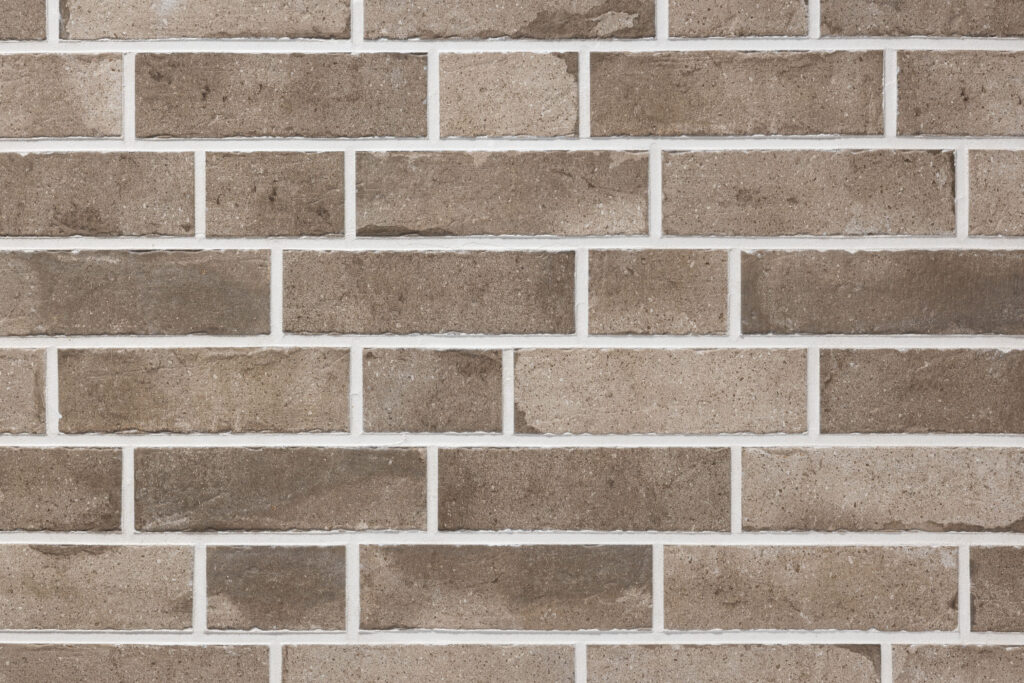
Introduction
Brick has long been a fundamental building material, with its use dating back thousands of years. In modern construction, brick continues to play a vital role due to its durability, aesthetic appeal, and versatility. As urban landscapes evolve and sustainability becomes a key focus for architects and builders, bricks are being re-evaluated for their unique properties, adaptability, and ecological advantages. This article explores the significance of brick in today’s construction industry and its relevance in the broader context of sustainable building practices.
Historical Overview
Brick manufacturing dates back to ancient civilizations, with the earliest known bricks originating in Mesopotamia around 7000 BC. Over the centuries, brick has been a preferred choice for both structural integrity and artistic expression. Historical landmarks and buildings across the globe attest to the longevity and charm that brick structures impart.
The Benefits of Brick
Modern bricks are made from a variety of materials, including clay, concrete, and even recycled waste products, which makes them versatile for different architectural styles and environments. Firstly, bricks are renowned for their remarkable strength and resistance to weathering, making them ideal for exterior walls that face harsh climatic conditions. Additionally, bricks provide natural insulation, helping regulate indoor temperatures and save energy costs throughout the year.
Moreover, as communities increasingly emphasize sustainable building practices, bricks lead the way in eco-friendliness. Many brick manufacturers have adopted practices that reduce the carbon footprint of production, including recycling water and using local materials to minimize transport emissions. Innovations such as the development of hempcrete bricks further illustrate the potential for sustainable building solutions.
Current Trends
Recently, there has been a notable resurgence in the use of brick within contemporary architecture, driven by a desire for authenticity and the tactile qualities of traditional materials. Designers are increasingly looking to brick to create warm, inviting spaces that display character and depth. Furthermore, the trend towards modular construction has paved the way for new brick designs that accommodate quick assembly while maintaining aesthetic appeal.
Conclusion
The significance of brick in modern construction is underscored by its extensive benefits, historical roots, and emerging innovations in sustainability. As urban areas continue to grow and evolve, the demand for durable, aesthetic, and eco-friendly building materials will only increase. Brick, with its time-honored reliability and versatility, is set to remain a cornerstone of construction practices for many years to come. This highlights the important intersection of tradition and modernity in shaping our built environment, ensuring that brick holds a relevant place in both today’s construction and tomorrow’s sustainable development.



